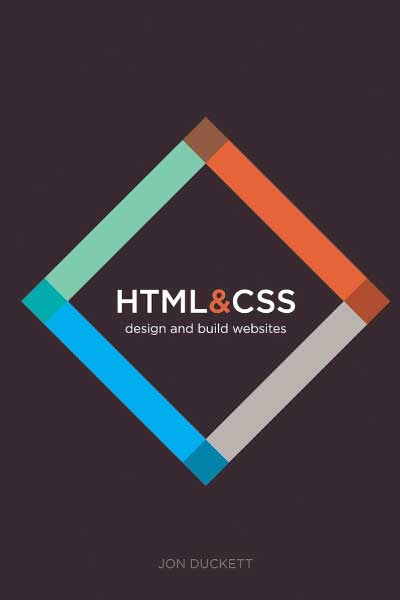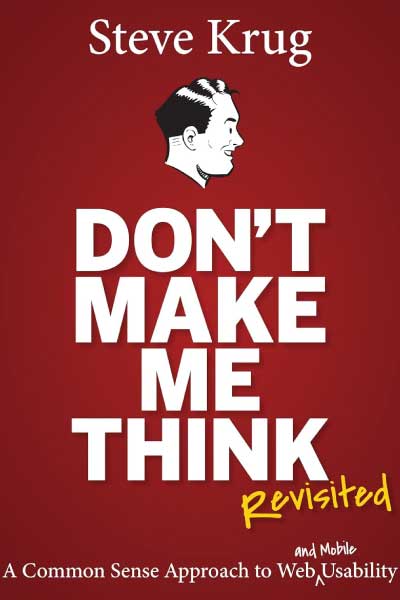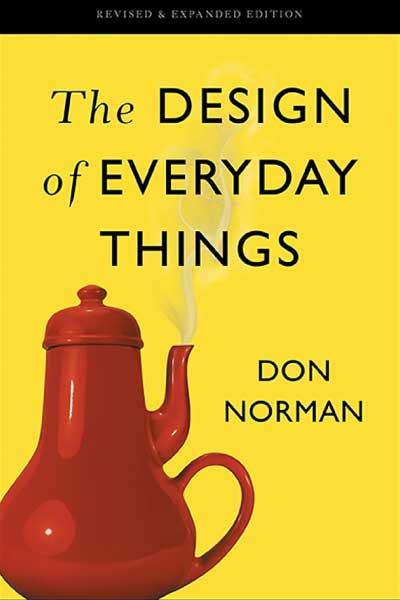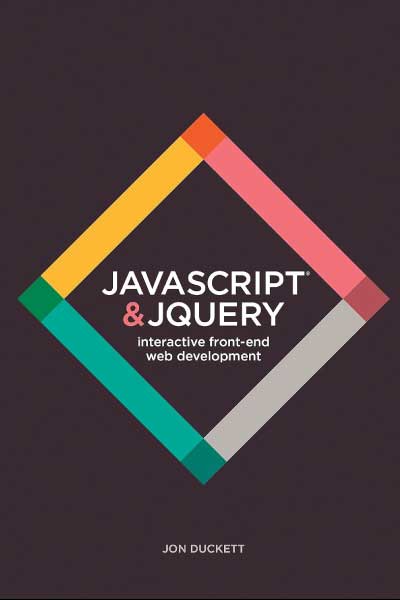5 Best Web Design Books to Create Beautiful and User-Friendly Websites
In today’s digital world, web design is more important than ever. Every business, brand, and even personal project needs an online presence—and that presence begins with a well-designed website. Web design isn’t just about making a site look good; it’s also about usability, interactivity, and creating a seamless user experience.
Whether you’re planning a career in tech or simply want to build your own blog or portfolio site, learning web design is a smart investment. Below is a hand-picked list of the 5 best web design books that can help you master the skills needed to create appealing, interactive, and functional websites.
1. HTML and CSS: Design and Build Websites
Author: Jon Duckett

This book is a classic choice for beginners—and for good reason. Many programming books are filled with complex language and dry examples, but Jon Duckett takes a refreshing approach. He explains HTML and CSS in a clear, visual, and easy-to-understand format.
Even if you’ve never written a line of code before, this book makes web development approachable. It’s perfect for students, bloggers, entrepreneurs, and professionals who want to improve their web presence.
What you’ll learn:
- Fundamentals of HTML and CSS
- Web page structure and layout
- Styling elements for a better visual experience
- How to create a well-organized, standards-compliant website
Why it’s great:
It’s beautifully designed and allows you to either follow it chapter-by-chapter or jump straight to specific topics. Many readers say it’s the first coding book that actually made sense to them.
2. Don’t Make Me Think, Revisited: A Common Sense Approach to Web Usability
Author: Steve Krug

First published in 2000 and regularly updated since, this book is considered a must-read on web usability. Steve Krug offers practical insights into user behavior, intuitive navigation, and how to design with simplicity in mind.
In today’s age of short attention spans, if users can’t find what they’re looking for quickly, they’ll leave your site. This book helps you ensure that your designs don’t just look good—they work well too.
What you’ll learn:
- The principles of intuitive navigation
- How to improve user experience (UX)
- Best practices for mobile usability
- Designing interfaces that “just make sense”
Why it’s great:
It’s short, engaging, and full of illustrations. Even if you’re not a designer, you’ll walk away with a deep understanding of how users think and behave online.
3. The Design of Everyday Things
Author: Don Norman

Although not specifically a web design book, this is one of the most influential books on usability and human-centered design ever written. Don Norman explores how people interact with objects, systems, and interfaces—and why some designs succeed while others fail.
This book will change the way you think about design. It teaches you to anticipate user needs and design interfaces that guide users effortlessly.
What you’ll learn:
- How design relates to human psychology
- The role of constraints, feedback, and visibility
- How to apply principles of usability to digital products
- Why good design is about solving problems—not just looking nice
Why it’s great:
If you want to build websites that are both functional and delightful to use, this book provides a strong foundation in design thinking.
4. Designing Interfaces: Patterns for Effective Interaction Design
Authors: Jenifer Tidwell, Charles Brewer, and Aynne Valencia

This is a powerful resource focused on UI design patterns—the reusable solutions to common interface problems. It’s especially useful if you’re working on larger projects or developing apps that require user interaction.
The book is structured around practical design patterns for everything from navigation to content organization, and it includes real-world examples of how to use them.
What you’ll learn:
- Best practices in user interface (UI) design
- How to structure web components for usability
- How to improve product flow, responsiveness, and accessibility
- Creating interfaces optimized for desktops, tablets, and smartphones
Why it’s great:
It bridges the gap between design theory and practical implementation, making it a valuable resource for both beginners and professionals.
5. JavaScript and jQuery: Interactive Front-End Web Development
Author: Jon Duckett

Another gem from Jon Duckett, this book focuses on making websites interactive and dynamic. While HTML and CSS cover structure and style, JavaScript and jQuery allow you to add animation, interactivity, and behavior to your web pages.
The book assumes basic knowledge of HTML and CSS and takes you step-by-step into writing functional scripts. From form validation to content sliders and dynamic content updates, this book has it all.
What you’ll learn:
- Core JavaScript concepts in a visual, easy format
- How to manipulate DOM elements and events
- jQuery fundamentals for faster development
- Building interactive UI elements like sliders and modals
Why it’s great:
It’s one of the few programming books that’s as fun to read as it is informative. Plus, the visual examples make it ideal for visual learners.
Final Thoughts
Web design isn’t just about making things look good—it’s about creating functional, accessible, and user-friendly experiences. Whether you’re building a personal website, launching an eCommerce store, or entering the UX/UI industry, these 5 best web design books will equip you with the knowledge and confidence to succeed.
Each book on this list offers something unique:
- Want to learn the basics of coding? Start with HTML and CSS by Jon Duckett.
- Need to understand usability? Go for Don’t Make Me Think by Steve Krug.
- Interested in design psychology? Read The Design of Everyday Things by Don Norman.
- Want to structure better interfaces? Check out Designing Interfaces by Tidwell.
- Ready to build interactive features? Dive into JavaScript and jQuery, also by Duckett.
No matter your level of experience, these books can help you turn ideas into functional, beautiful websites that your users will love.
